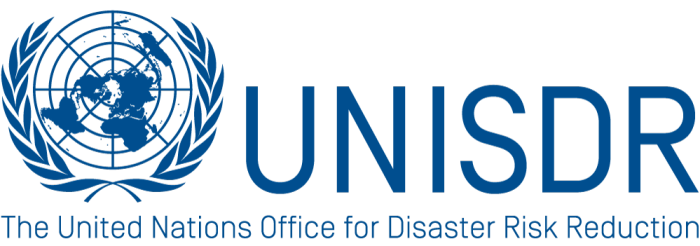Event Summary
Organization: UNISDR
Description
Date: Monday, May 14, 16:30 – 18:00
Room: C2
The adoption of The Sendai Framework for Disaster Risk Reduction 2015-2030 on 18 March 2015 created new requirements and new opportunities for those involved in building resilience to the shocks to which societies are exposed, and articulated the need for improved understanding of risk in all its dimensions.
At the same time an independent expert review of the current Global Risk Model, developed by the UNISDR for the UN Global Assessment Reports on Disaster Risk (GAR) 2013 and 2015 and the GAR Atlas 2017, found that whilst crucial in supporting the conceptual shift from managing disasters to managing risk (that was enshrined in the Sendai Framework), it does not reflect the full range of risks, including small and large-scale, frequent and infrequent, sudden and slow onset disasters caused by natural or man-made hazards, as well as related environmental, technological and biological hazards and risks that the Sendai Framework was designed to address.
In response, UNISDR has established a process to develop a Global Risk Assessment Framework (GRAF) to inform decision making and transform behavior.
The draft concept underlying GRAF recognizes that the Sustainable Development Goals and the Paris Agreement have enormous potential as a framework for engaging Member States on the risks they face, and where they lag most on reaching the goals. The GRAF will be a crucial input to the United Nations Secretary-General’s vision for an Integrated Platform on Prevention.
The GRAF will be co-designed to provide a comprehensive assessment across geographies, sectors and scales of the determinants of risk. It will be a collaborative space in which risk modelling and assessment capabilities, impact and consequence analyses, knowledge and assets can be braided together and made available for decision-making and action everywhere. It will improve the understanding of risk to better manage uncertainties and mobilize people, innovation and investment by:
- Fostering interdisciplinary systems-risk thinking, at all scales, with a common methodology
- Enabling identification of anomalies and pre-cursor signals, as well as interlinkages, relationships, correlations and dependencies with a common understanding
- Building collective intelligence by providing actionable insights, tools and demonstrations at relevant scales to decision makers on a timely basis to steer towards the common metrics of the 2030 Agenda, the Sendai Framework, the Paris Agreement and the New Urban Agenda
In order to ensure that the draft concept of GRAF is in line with end-user needs, UNISDR has gone through various stages of end-user consultations. This side event will allow participants in this interactive session to share their needs for risk information, which should be met by the GRAF, and identify most common current gaps in risk information.
Expected outcome the session
- Present the draft concept of the Global Risk Assessment Framework (GRAF), its development process and rationale to stakeholders
- Provide an opportunity to diverse stakeholder groups in a panel to identify their main needs in relation to risk information, which GRAF should meet
- Receive feedback and inputs from end users in the room on what matters to them in terms of risk information, to feed into the finalization of the GRAF concept note at a later stage
Agenda
| Time | Topic | Speaker |
| 16:30 | The Global Risk Assessment Framework in support of the implementation of the Sendai Framework for DRR | Mr. Marc Gordon |
| 16:45 | End-user needs for risk information from a government perspective – the National Water Commission, Mexico | Ms. Edith Bonilla Lopez |
| 16:50 | End-user needs for risk information from a local government perspective – the – Kampala Capital City Authority, Uganda | Ms. Consolata Nkyagamba |
| 16:55 | End-user needs for risk information from a scientific institution perspective – the British Geological Survey | Mr. John Reese |
| 17:00 | End-user needs for risk information from a practitioner perspective – IFRC | Mr. Andrew Kruczkiewicz |
| 17:05 | End-user needs for risk information from a private sector perspective – the Environmental Systems Research Institute (ESRI) | Mr. Ryan Lanclos |
| 17:10 | Interactive discussion led by moderator | Ms. Sahar Safaie |
| 17:55 | Closing and summary | Ms. Sahar Safaie |

